Sponsored research: raspberries this time
This morning, I received a query from a scientist:
I have been following your documentation of industry-funded research on health benefits. I’ve been thinking about this issue from the perspective of fruits and vegetables. We know that they are good in general, but how does one fund research to demonstrate that clinically? In particular, how does one get specific about the form and amount that his helpful for specific health benefits? You may be interested in this press release from the raspberry industry telling about the papers at the Society for Experimental Biology meetings that are relevant to the health benefits of eating raspberries. This seems to be approaching what a good model might look like. I’m interested in your perspective. Furthermore, are the results relevant to nutritionists?
Here’s how I answered it:
Thanks for sending. I guess my question would be something along the lines of why getting specific about form and amount of specific fruits and vegetables is important for public health. People don’t eat just raspberries. They put them in cereal or on desserts. Raspberries are expensive. Wealthy, educated and, therefore, healthy people are likely to consume them. So this looks like marketing research to me—selling raspberries as a superfood. If you think there is a special benefit to raspberries and that it would be good to quantify it, the best strategy would be to get the research funded by an independent agency. Otherwise, it’s clearly marketing research (hence the press release). At least that’s how I see it.
This, of course, gets us back to the question of sponsored research which, as my collection of sponsored studies has shown, almost inevitably produce results favorable to the sponsor. I love raspberries and don’t doubt for a minute that they are healthy, but a superfood? I don’t think so.
I’m still working on the descriptive analysis of the year’s collection of sponsored studies. I will also be giving more thought to such questions, so send them along.


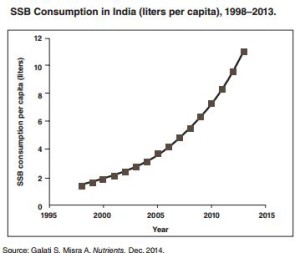
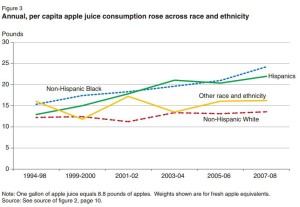
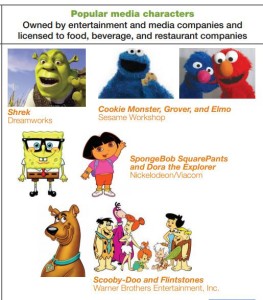
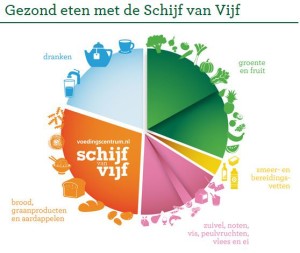
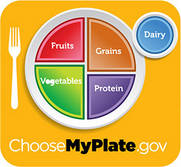


Americans these days don’t want artificial and unsustainably produced ingredients in the food they buy and eat. For the makers of highly processed foods – ultraprocessed in today’s terminology – there isn’t a lot that they can do to make the products appear fresh and natural.
But Campbell’s is certainly trying. A few months after announcing that it will phase out genetically modified organisms (GMOs), the iconic soup company said on Friday that it will remove Bisphenol-A (BPA) from its cans by next year.
BPA, you will recall, is a chemical typically used in polycarbonate plastic containers and in the epoxy linings of food cans. It’s also an endocrine disrupter, which means it can interfere with the work our hormones are doing. Some research finds BPA to have effects on childhood development and reproduction.
Although the FDA doesn’t believe evidence of potential harm is sufficient to ban BPA from the food supply, the agency discourages use of BPA-polycarbonate or epoxy resins in baby bottles, sippy cups or packaging for infant formulas. For the past year or so, other retailers have been working hard to phase out BPA and to reassure customers that their cans and packages are safe.
All of these companies sell highly processed foods in an era when the public is demanding – and voting with their dollars – for fresh, natural, organic, locally grown and sustainably produced ingredients.
They can’t provide those things, but they can tout the bad, or unpopular, things that aren’t part of their product, the “no’s”: no unnatural additives, no artificial colors or flavors, no high fructose corn syrup, no trans fat, no gluten and, yes, no GMOs or BPA.
Let me add something about companies labeling their products GMO-free. In my view, the food biotechnology industry created this market – and greatly promoted the market for organics, which do not allow GMOs – by refusing to label which of its products contain GMOs and getting the FDA to go along with that decision. Whether or not GMOs are harmful, transparency in food marketing is hugely important to increasing segments of the public. People don’t trust the food industry to act in the public interest; transparency increases trust.
Vermont voted last year to mandate GMO labeling in the state – the US Senate rejected a bill in mid-March attempting to undermine it – and food conglomerates such as Campbell’s, General Mills, ConAgra, Kellogg and Mars have committed to labeling their products as containing GMO.
In addition to removing BPA from packaging and GMO from products, at least 11 other companies have announced recently that say they are phasing out as many artificial additives as possible, as quickly as they can.
Taco Bell, for example, will get rid of Yellow Dye #6, high fructose corn syrup, palm oil and artificial preservatives, and replace them with “natural” ingredients. Huge food companies such as Kraft, Nestlé (no relation) and General Mills are heading in the same direction.
All this may well benefit consumers to an extent. It also makes perfect sense from a business perspective: the “no’s” sell. But what everyone needs to remember is that foods labeled “free from” still have calories and may well contain excessive salt and sugars. The healthiest diets contain vegetables and lots of other relatively unprocessed foods. No amount of subtraction from highly processed foods is going to change that.